We all know it, Honda has been chasing the Toyota tail since 1997. I like to think of this feud between the two, as a couple of characters from the Disney movie Cars. Chick Hicks has been battling it out with the champion Strip Weathers for as long as he can remember. Always coming up in second place. Which according to Ricky Bobby (made famous by Dale Earnhardt), "Second place is the first loser."
Honda, I think, has finally caught on to this and has decided to do something about it. In the game of who has the best hybrid vehicle, Toyota has always been the Strip Weathers and Honda, well, you get the picture. The thing with Honda is that they have been watching their nemesis for over 20 years now. Honda studied them, stalked them, almost like a dingo watches a human baby. Creepy? Not really. Honda has been planning an attack. This time it is more like a wolf in sheep's clothing.
So what has Honda been up to all these years? Excellent question. I think that Honda finally realized that their hybrid cars were never as good as Toyota. Knowing this, I believe Honda has finally admitted they need to start looking, acting, and being more like their competition. That is why they have copied Toyota in three ways that I want to point out.
Copy One: The Body Style
If this were not obvious enough, let me point something out. Take a look at the second and third-generation Honda Insight. Notice anything? The second generation looks incredibly similar to the Prius, and the third looks pretty darn close to the new Corolla hybrid.
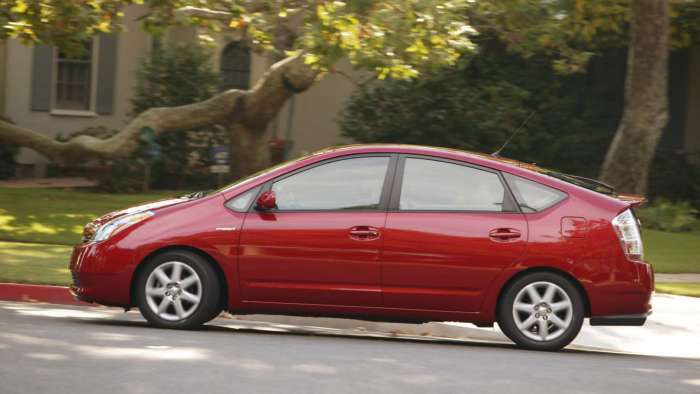
Honda has done this because they know that Toyota has a proven body style that attracts consumers to the cars. Toyota started the Prius life of as a four-seater. Even though the fuel economy was less than the first-generation Insight, the practicality of a four-seater vehicle that could get over 40 miles per gallon was a far better choice. Ouch Honda, your intentions were good, but the execution was not.
Honda finally realized that maybe the Prius had something going on, it took a decade, but the Insight changed. It became a Honda Prius, looking and behaving much more like the competition. All part of the plan Honda has been carrying out, as I already spoke about earlier.
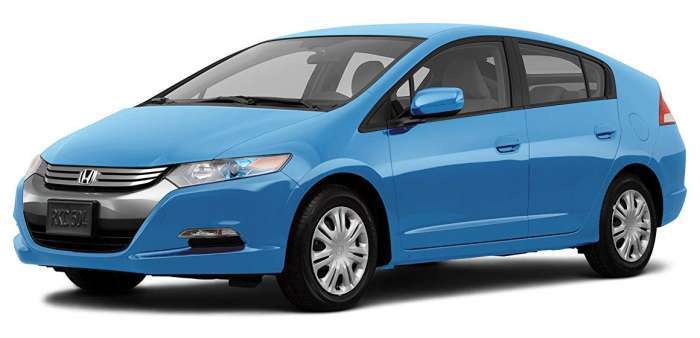
Now we have generation-three Honda Insight. How does it compare to the competition? You guessed it, a Toyota Corolla hybrid. It is a sedan just like Corolla and has similar body lines and cues. Honda planned this as soon as they heard Toyota would be making their top-rated small sedan hybridized. Smart move if you ask me. Why not use something that works, and that my friends, is what they are doing.
Copy Two: Dual Motor Transmission
I neither love nor hate the Honda IMA system. I think it is neat, it has a place in the hybrid world, but it is not nearly as good as the Toyota Hybrid System. When Toyota built Prius, they built it to stand the test of time. The system is pretty flawless.
The dual-motor hybrid system has been able to stand the test of time, negligence, abuse, torture, and just about everything in between. The two-motor system operates best under city driving conditions. Which key to fuel efficiency.
Honda initially only had IMA or integrated motor assist. The system did not allow for electric-only driving in the city initially and used a single function, Auto-stop, to make up the difference in fuel economy.
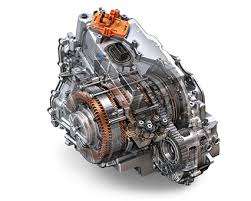
IMA is not all bad, though. It does work pretty well while cruising as lower in-town speeds and bumps your miles per gallon up to where an owner appreciates it just enough to keep it around. Prius was still loved more, though, and Honda hated that fact, which is why they came up with a second plan. Leverage the dual-motor system and offer more to the consumer.
Honda now uses what they call an E-CVT, which is basically the two-motor system that Toyota has been using for two decades. Why? Honda knows that to achieve higher fuel economy numbers, they need to run the gasoline engine less and use the electric motor more. Honda, I think, finally admitted defeat when they accepted the dual motor system.
Copy Three: Product Comparison
If you go right now to the Honda website and look up the new 2020 Insight, you will find something interesting. It is a link to a specific spot on their page about how the Insight beats Prius. No joke, it actually says those words. What I find very intriguing is that Honda has called out Toyota specifically to size up, so to speak. That is pretty bold.
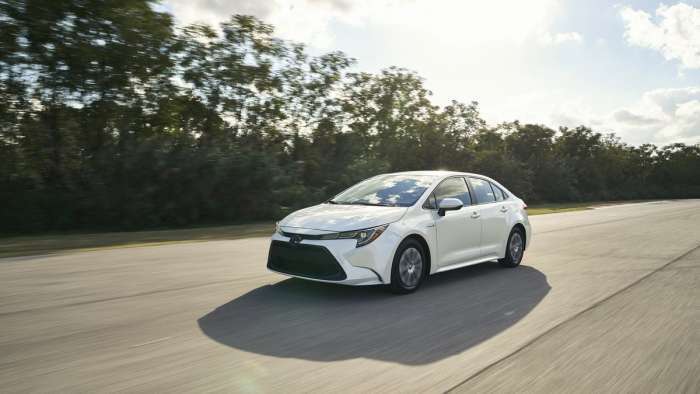
What I think most consumers will see is what Toyota did initially when both Insight and Prius were first out. Prius called out Honda on some selling points that made the Insight look useless. Honda is now doing that same thing back to Toyota. It is the feud that keeps on giving, and we as consumers eat it up.
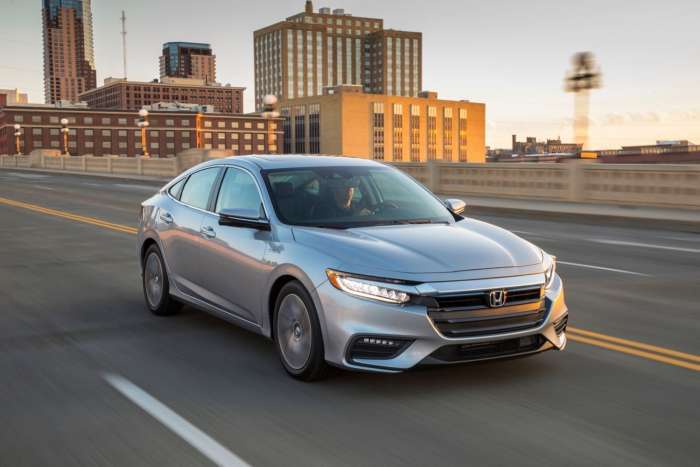
Conclusion
I think that Honda is wise on sucking up their losses and just copying the better car company. For Pete's sake, we all know Toyota has done that for years. Either way, it does not matter. I hope that Honda pushes Toyota to create a better car and that Honda will find more success in the hybrid realm.
I do think that the new Insight is beautiful and will have a great appeal to a Prius crowd that could be looking for a fresh new look and feel to the hybrid game. Well done, Honda took you long enough.
Thank you for reading. See you in my next story, Toyota Prius Catalytic Converter Theft Soars As Palladium Becomes $2000 An Ounce.
Watch the 2021 Toyota RAV4 Plug-in Hybrid Prime video presentation and click to subscribe to Torque News Youtube channel for daily automotive news analysis.
Peter Neilson is an automotive consultant specializing in electric cars and hybrid battery technologies. He holds a Bachelor of Science in Automotive Service Technology from Weber State University. Peter is also an Instructor of Automotive Technology at Columbia Basin College. Peter can be reached on Linkedin and you can tweet him at The_hybrid_guy on Twitter. Find his page on Facebook at Certified Auto Consulting













Comments
That Honda is amazing. They
Permalink
That Honda is amazing. They managed to copy the Corolla Hybrid over a year before it was made!
Those guys at Honda are
Permalink
Those guys at Honda are really sneaky, they copied the Corolla Hybrid and produced their copy a year before the original! If this is an example of your work, you should retire.
Yeah, the Insight was
Permalink
Yeah, the Insight was launched a year before the Corolla, as Bill says, and it is the 3rd generation Insight. It also differs from the Toyota hybrids that seem tuned to optimize mileage on highway driving, whereas the Insight seems to have optimal mileage for congested or variable roadways, which is most of my driving. Poorly conceived article by someone who doesn't seem to have a grasp of the timeline of the hybrid vehicle rollout, and doesn't accurately report the differences. Another difference is the lane keeping and adaptive cruise control that seem rock solid on the Insight. Toyota's lane keeping feels like the car is wandering, looking for the lane center without staying there.
The only similarities between
Permalink
The only similarities between the Toyota HSD system and the Honda iMMD system, is that both use two electric motors and the acronym eCVT.
HSD uses a larger ICE and a mechanical transmission they call an electrically-controlled CVT. It is a planetary gearset rather than the more conventional pulley-based CVT, but it is still a mechanical device.
Honda's iMMD has no mechanical transmission. Their "eCVT" stands for electrically-coupled CVT. Most of the time, the larger electric motor drives the car alone. It is powered by an engine-driven generator, so there is no relationship between the rpms of the engine and wheels. It is literally an electric vehicle, just not a battery electric vehicle. While it gets similar mileage to the Prius, it is a full 2.5 seconds faster to 60 mph in MotorTren's test (7/3 to 9.8 seconds).
And if you go the the Toyota website, right now, you will find a similar list of five features where Toyota feels they have an advantage over the Insight. First on this list, I kid you not, is a one-touch feature on the rear seat's power windows.
So many incorrect statements
Permalink
So many incorrect statements in this article smh.